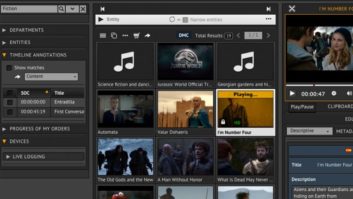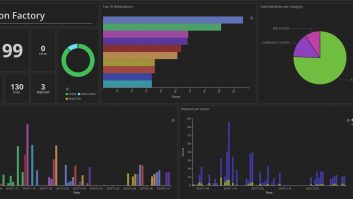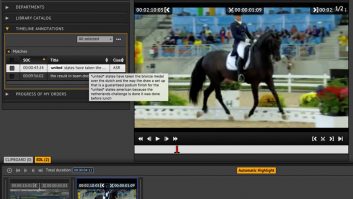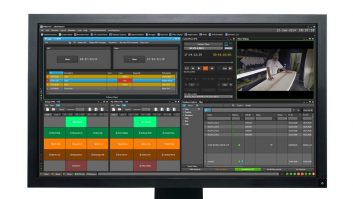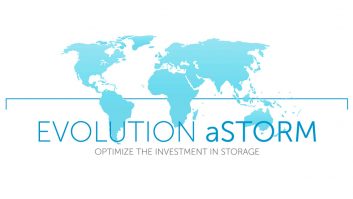Broadcast technology has seen significant change and progress in the last 10 years and sitting at the heart of this evolution is the media asset management (MAM) system. Changing market demands and the development of technology in terms of computer processing, programming languages and network interconnectivity, means the concept of a MAM is almost unrecognisable. Now it’s quite challenging to find a precise definition of MAM, with growing confusion between DAM, MAM and PAM.
In today’s digital world, MAM users can expect increased content management options (media and all the related information); integration of different areas for processing automation; and sophisticated workflow management for content preparation. Also, user interfaces are now web-based, which simplifies support and allows access from multiple geographical sites.
The MAM has transitioned to a content management system that’s fully integrated with the entire business from acquisition, production and delivery to provide efficient and cost-effective operations. However, the desire to achieve these results brings about two new challenges. The first is the need to streamline operations to ensure cost control and predictability. The second is multiple content packaging requirements for multi-screen delivery.
To serve the multi-screen explosion, broadcasters and telcos are faced with an unprecedented and often unpredictable increase in the amount of media they have to exchange during the production and post production processes and, when packaging for delivery to multiple platforms. Undertaking thousands of drag-and-drop operations every day using fixed folders is inefficient and makes little sense at a business level.
It’s no longer enough to simply move thousands of media files over IP quickly and securely with no compromise on functionally. Now broadcasters and telcos are also faced with the challenge of how to automatically manage and monitor the sheer amount of media and metadata that’s being exchanged with their multiple media partners 24/7/365. Adapting typical broadcast processes or relying on simple IP accelerators or transcoding is not scalable or cost-effective.
Tedial has created a solution that solves these problems. Its new MEP provides a central media exchange platform that enables fast and secure access over IP and also provides automated workflows that present and package content, delivering to multiple sites and systems and thereby removing the unnecessary complexity that is now a reality for many organisations across many desktops and departments. MEP maximises re-use and minimises re-working of material, allowing large media assets to be moved efficiently, making use of centralised management capability without the need for extensive IT support.
Tedial’s MEP provides unique global monitoring of these processes using live dashboards and business reports that allow service providers and telcos (pushing content) and distribution platforms (pulling content) to exchange media automatically.
At IBC2014 discover how Tedial’s unique media IT solutions help international broadcasters and global media companies to increase creativity and improve efficiency throughout their media workflow. Tedial’s customers’ problems are often complex however its approach is simple: Find IT, Enrich IT, Manage IT and Publish IT.

